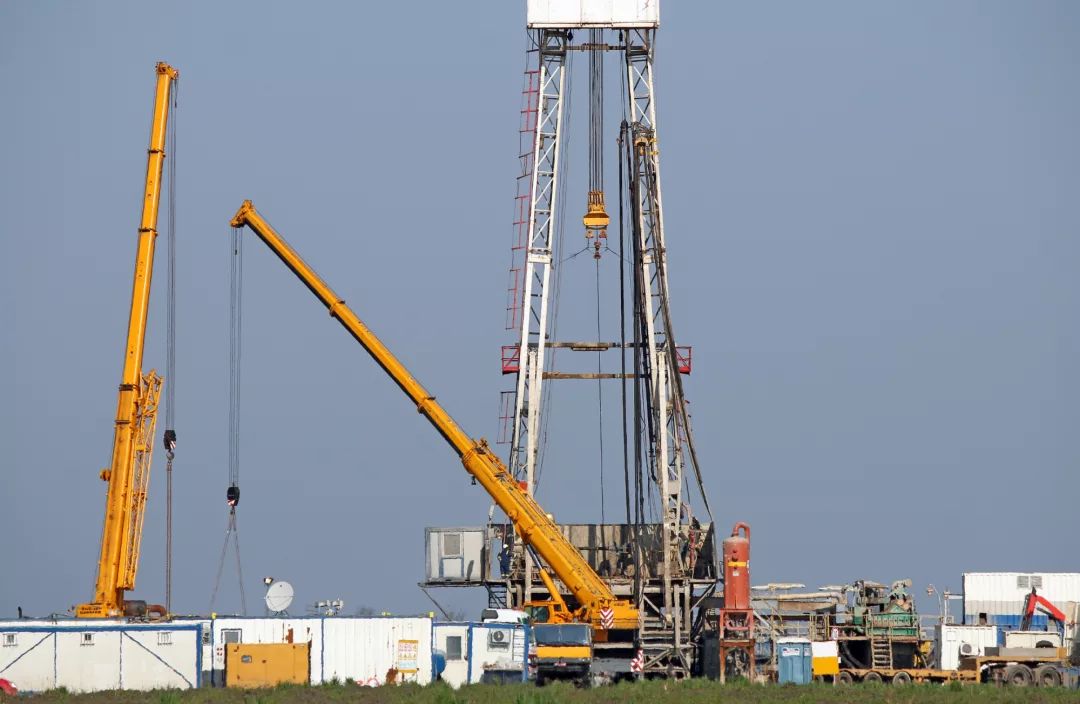It takes a highly motivated, dynamic and experienced individual to be a successful Drilling Manager. Not only do Drilling Managers have to ensure drilling operations are carried out in accordance with approved procedures and industry standards, but it is key for this to be completed in the most efficient and effective way possible.
A Drilling Manager is typically based onshore and is responsible for ensuring the people on the facility are safe, and the drilling operations are delivered on time and within budget. Their day is typically comprised of:
- Reviewing reports of the past 24 hours
- Reviewing HSSEQ performance and identifying risk
- Analyzing and planning for operational and logistic requirements
- Reviewing cost progress and forecasting
- Attending multiple meetings with both the rig team and the office-based team to communicate progress or manage any conflicts
- Identifying and implementing solutions to any challenges that occur
- Communicating progress, issues and risk exposure
- Managing and communicating delivery expectations
What are the top daily habits Drilling Managers should consider to help overcome their biggest challenges, maximize time and resources, and ultimately achieve success?
Hold regular yet efficient meetings
Meetings are a big part of a Drilling Manager’s day, so be as prepared as you can be. Ensure you review data and information available before going into the meeting to avoid wasting time discussing or asking questions about results, data or reports in great detail, so you can focus efforts on identifying key solutions and actions.
It’s so easy to slip into the habit of having meetings with no outcomes. Make sure actions are captured, action owners identified and due dates assigned, tracked and reviewed in your next meeting to drive effectiveness. This can easily be documented by having a dedicated person take minutes and distributing them on the same day.
Talk to the team, and offer discussion opportunities across the entire workforce
From team leads and drillers to roughnecks and lease hands, it is critical to open up communication avenues and actively encourage the people to talk to you. It’s easy to say “my door is always open”, but actively opening it up through one-to-one invitation and continuous encouragement provides a platform for people to engage with you.
Delegate work and responsibilities
It is impossible to be involved in every single aspect of the project, so it’s important to delegate work and give team members responsibility. In order for this to be effective, you must have a strong team around you who not only have the capability to complete the work you are requesting, but they should also portray the right behaviors and drive to complete it to the best of their endeavors.
It can be difficult to dedicate time to what is sometimes perceived as “non-productive work”, but by investing time and focusing on being a coach, mentor and good listener, you will be able to ensure the work is being done to your high standards.
In this type of role, it is critical to identify a predecessor, someone who you can rely on who will confidently step into your shoes when you are not available, and this is only achieved through mentorship and delegation. Not only will this enhance the capability within your team, but it will also help to free up some of your time to focus on more critical and strategic work such as:
- Addressing softkill issues in your workforce to ensure personnel is supported and motivated
- Look at other technologies to improve individual and system performance.”
Discuss HSSEQ as part of your daily briefing
Never underestimate the importance of HSSEQ. It is important to keep it front of mind at all times and host regular opportunities to discuss risks that could impact safety, integrity or the project progress.
We would recommend building this discussion point into your morning briefing meeting agenda. Because all of the key stakeholders from each function typically attend this meeting, it provides the perfect opportunity to capture potential risks and conflicts that could impact HSSEQ. Mitigation actions should be discussed and documented on the risk register with the relevant probability and consequence ratings detailed, to determine priorities and where to focus efforts.
If any issues do arise, my advice would be to firstly assess the risk profile and then inform the relevant stakeholders. In my experience, small non-critical issues can escalate quickly, so by keeping everyone informed, and putting relevant actions in place as quickly as possible, you can eliminate the risk and save a lot of time and extra work.”
Focus on team spirit
This goes without saying, but to achieve great results, you must invest in your team, and have fun. Take time out of your busy day to ask how your team members are doing, ensure they’re okay and have everything they need, and don’t forget to praise the good work they do in a public setting to encourage others to behave the same way.
Also don’t forget to focus on building your team’s spirits through regular and consistent communication and engagement. In my experience, vulnerability is key to good leadership and transforming culture for the better. By being vulnerable, sharing your emotions, frustrations or challenges, it will help people to relate better to you and encourage them to open up.
This is so important during stressful times, when they’ve been working long hours and feeling tired. It will also bring your team closer together, and build positive relationships across the entire team, which will in turn improve communications and the quality of the work being done.
How we can help Drilling Managers
We offer specialized consultancy services and support, from well design through to operations. By using our team of subject matter experts, engineers and software, we help asset stakeholders to minimize risk, optimize expenditure and maximize production.
Our solutions span across:
- Drilling and well management
- Well engineering
- Well servicing
- Well integrity
- Reservoir and flow simulations
- Blowout contingency
- Well kill support





